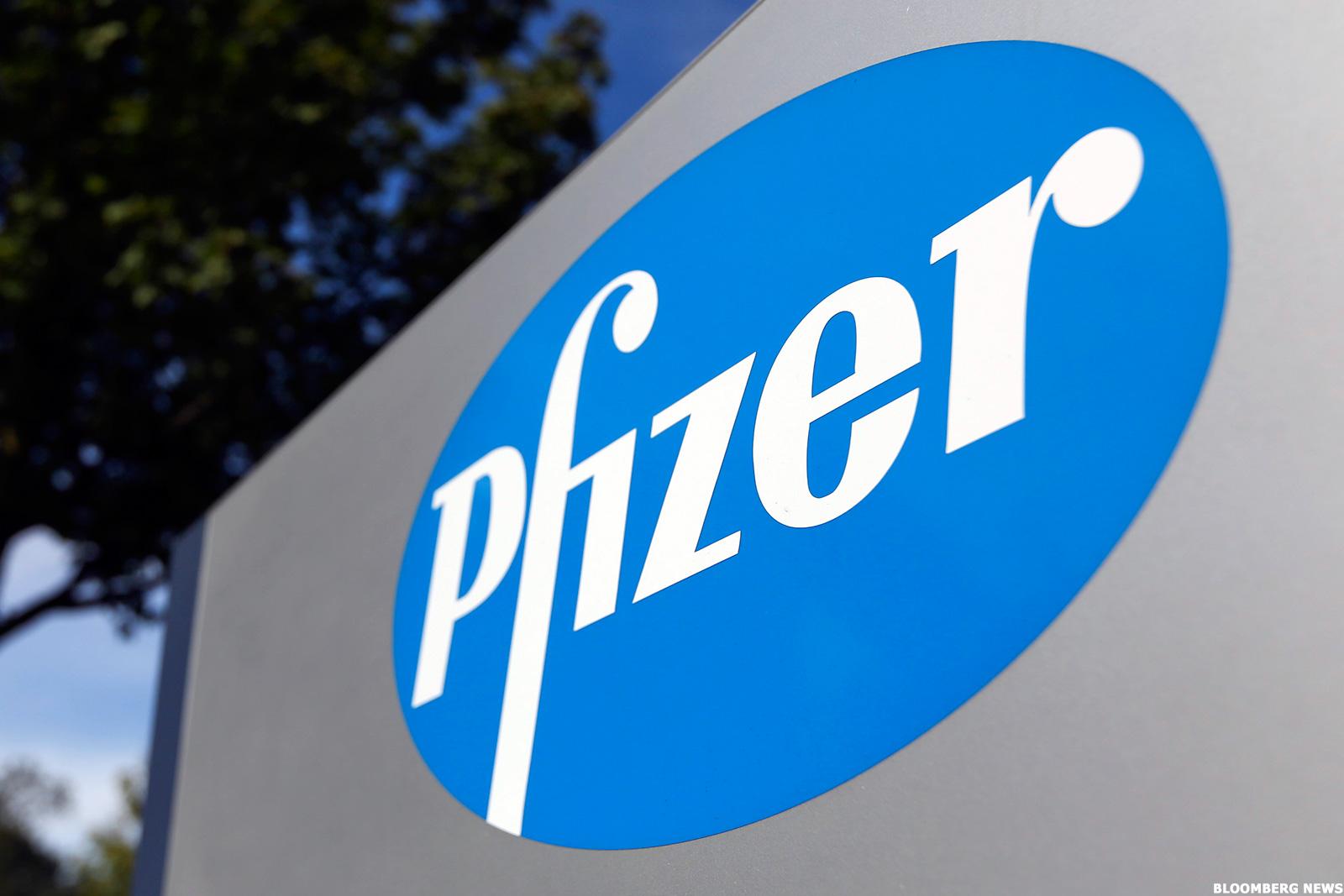Building: Pfizer dry compress building
Location: Vega Baja facility, Puerto Rico
Owner: Pfizer Pharmaceutical
Aeroseal Contractor: Nemar Technology Group
Goal: Improve performance / Reduce energy use
Before Aeroseal: 2,424 CFM of leakage
After Aeroseal: 77 CFM of leakage
Results: Increased performance. NTG was able to effectively balance the system. Pfizer saving $35,000 annually.

When Pfizer began renovating its manufacturing facilities in Vega Baja, Puerto Rico, it knew that much of the existing ductwork serving the various buildings would have to be incorporated into the upgrade plans. Since this is where dry pharmaceutical products are compacted into pill form, keeping the indoor environment free from excess humidity is essential, and Jose Hiraldo, owner of Nemar Technology Group (NTG), the HVAC contractors assigned to the project, knew this meant the ductwork had to be tight.
Problems with access to the ductwork made traditional sealing difficult, and after several attempts at manual sealing failed, Hiraldo suggested Pfizer use a new computerized duct sealing process that promised fast, effective results.
He explained that this new technology sealed leaks from inside the ductwork, providing easy access to the entire duct system. Aside from improving HVAC performance, Hiraldo promised energy-slashing cost savings as well – and he vowed to take precise measurements that provided exact data on that savings.
After a full investigation into the aerosol sealing technology, Pfizer agreed to a pilot project. While duct leakage had long impacted HVAC performance of this system, the insulation surrounding the leaky ductwork was encased in metal sheeting, making traditional repair methods prohibitively disruptive and expensive…until now.
Exact measurements of the airflow delivered to the main manufacturing building (MMB) and the energy used to run the HVAC system were taken before the sealing began. NTG measured the brake horsepower of each the system’s three fans. They also measured the airflow across the system’s three cooling coils – the primary cooling coil, the outside air cooling coil, and the heat recovery system’s inlet air pre-heat coil - and calculated the sensible load on each coil at design conditions. Measurements indicated MMB terminal airflow was below the design value.
From equipment setup to actual sealing – the aeroseal process took NTG two days to complete, followed by a repeat of performance measurements. Results showed a 97 percent reduction in leakage. Even after increasing the airflow to MMB to the meet design amount, NTG was able to generate nearly $35,000 annual savings. It is expected that actual annual savings will exceed this amount when the reduction in sensible cooling load of the primary cooling coil and the reduction in latent cooling load of both coils are included.
“The results spoke for themselves – the aerosol duct sealing was able to do what several attempts at manual sealing could not – and it did it without the demolition or disruption that traditional sealing requires,” said Edward Aviles, Project Engineer, Pfizer, Vega Baja. “Our goal was to get the air handling units operating at optimal efficiency, which it allowed us to do. The energy savings was certainly welcomed. We estimate ROI to be less than one year.”